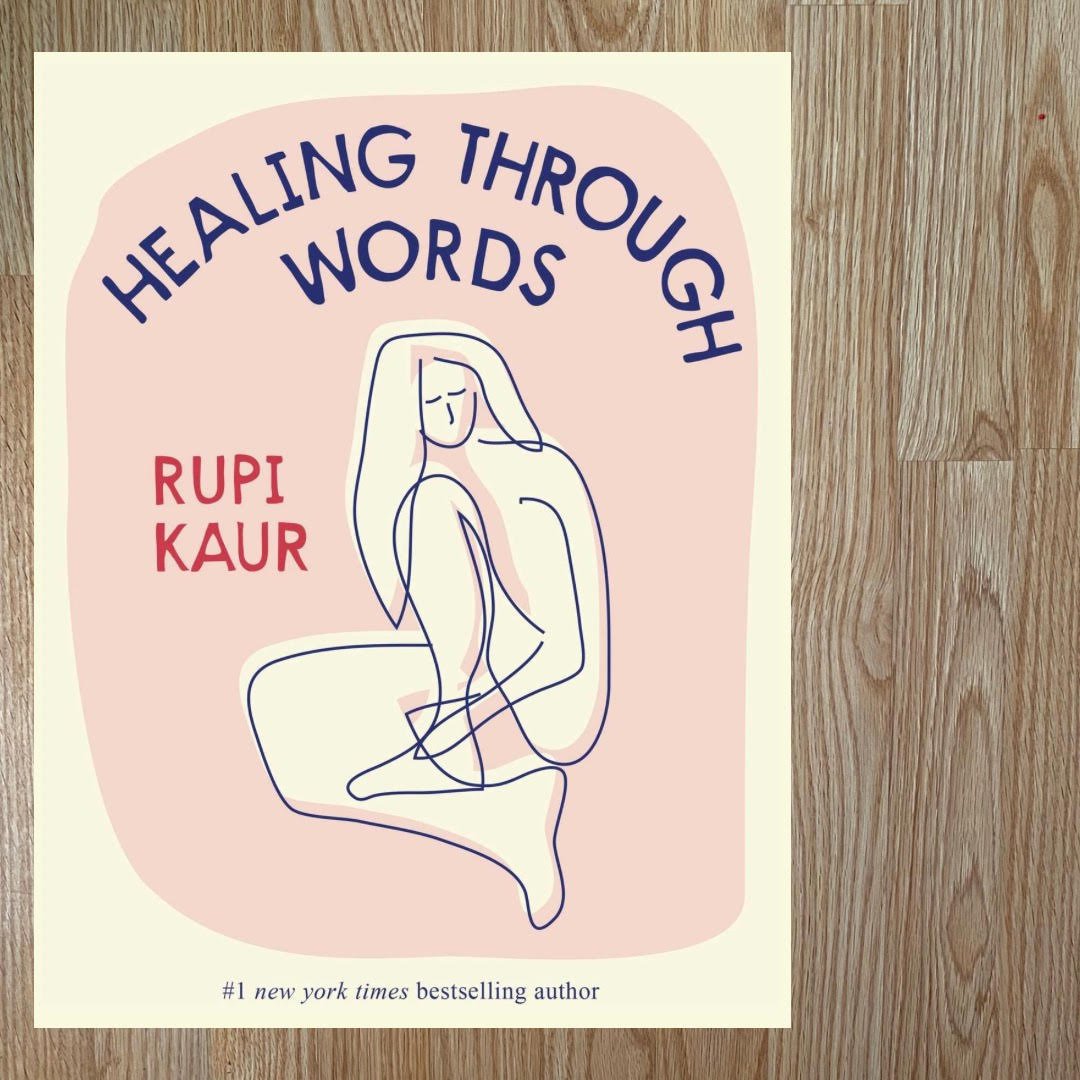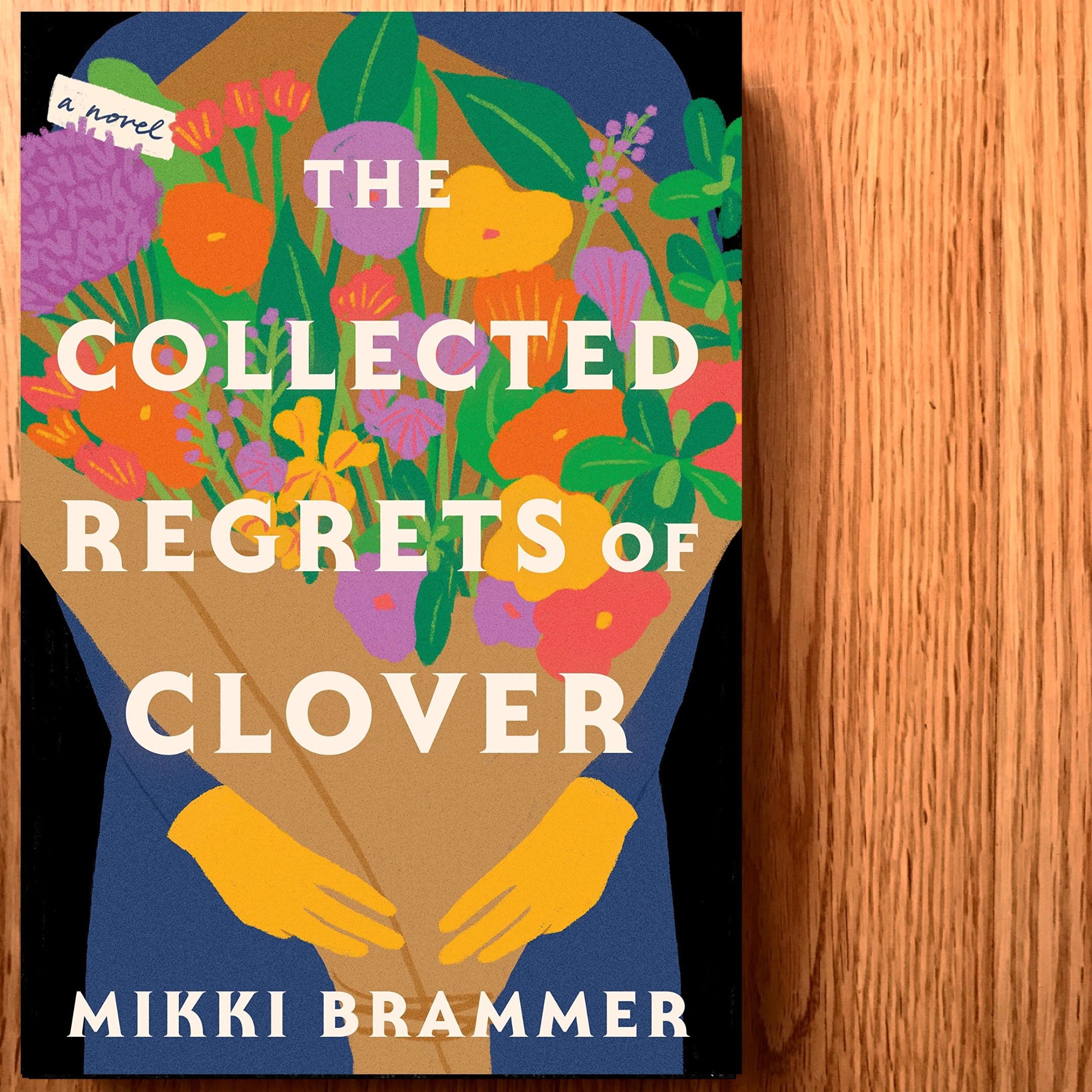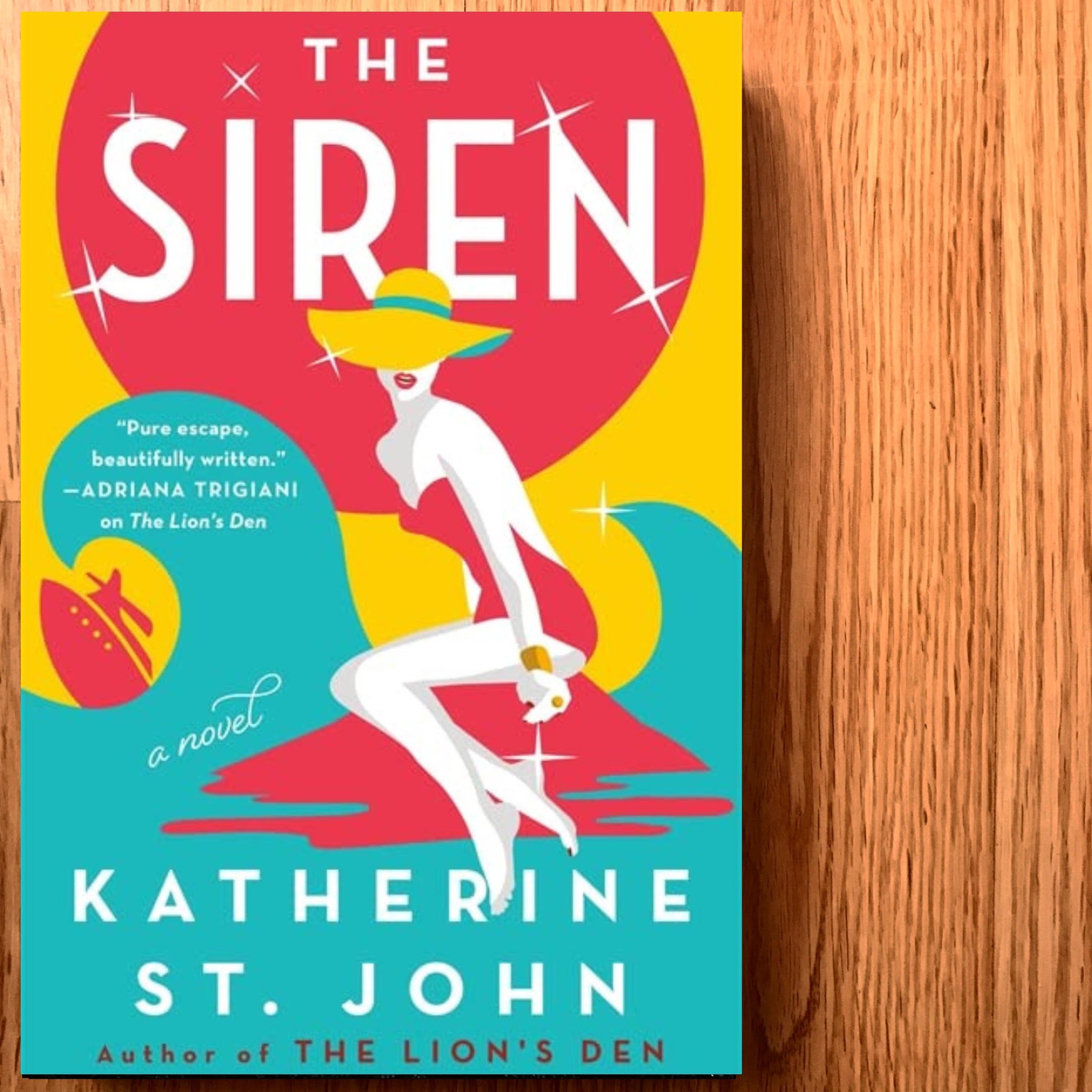One of the focal points in The Sugar Thief is on the Persian, a pastry famous to the Thunder Bay, Ontario area. While you have created a fictional Persian for your novel, can you give our readers a brief history about this delectable treat?
The original owner of Bennett’s Bakery in the mid-century was Arthur Bennett. Legend has it that he created the cinnamon bun and named it “Pershing” after the World War I hero, General John Pershing, of the US army. In the novel, we see how a pastry named after a military figure, Pershing, became the Persian.
Readers meet Sabine, a YouTube Star on the rise, as she heads back to Thunder Bay for the first time in a decade. How did you come up with Sabine’s character and did you find her easy or difficult to flesh out? Is there a part of her you loved writing the most?
There’s a lot to work with when you’re creating a character who judges herself completely by what followers on social media think at any given moment. I wrote many drafts of the novel before landing on this particular Sabine. Initially, I wanted a character who could carry a lot of autobiographical and historical elements of Thunder Bay. But it was only when I completely fictionalized Sabine and her cult of personality that things got fun.
Readers are brought through different points in time as well as different places around the world. Why was it important for you to include not only Sabine’s present but her father Francis’ history as well?
The first iteration of this story was as a personal essay exploring my family’s immigration from Italy to Northwestern Ontario in the mid-century. And the early fictional drafts were heavily steeped in this time and place. Even though hundreds of those pages went away, it gave me solid backstories for the main characters. In a book where characters are doing pretty outrageous, unthinkable things, you need to establish strong motivations.
Throughout The Sugar Thief you describe a variety of delicious sounding pastries in great detail (including the baking processes for them) that are bound to have readers craving something sweet! What kind of research did you have to delve into for this?
I read a lot of recipes and watched dozens of baking videos. I visited the real Bennett’s Bakery and was privy to the real Persian-making process! My parents used to be part owners of the bakery years ago, so I pulled from their memories and knowledge.
What is your favourite pastry to make? What recipe should our readers try in their own kitchens?
I’m not the best baker. My mother is the real baker in our family. But twice a year, I go all out on birthday cakes for my daughters. I made a rainbow layer piñata cake when my older girl turned five. I stacked four layers of sponge cake, hollowed out the centre with a long knife, and then stuffed the core with candy. I topped the whole thing with a final layer of cake, frosted it, and covered it with sprinkles. The candy spilled out when the cake was cut open, and the kids went crazy.
The Sugar Thief mentions a variety of Thunder Bay landmarks and those who may not be familiar to the area may not know what they are, like the Sleeping Giant. Why did you include the landmarks and street names that you did? Do any of them hold a significance to you?
Because this is, in part, the story of the Persian, it simply had to take place in Thunder Bay. So, a lot of the world-creating was already done. After establishing the setting, I used landmarks here and there as it helped me to visualize a scene. But these descriptions also had to serve the story in some outward manner. For instance, when one of the main characters, Wanda, describes the Sleeping Giant as a spirit turned to stone to protect the location of a silver deposit, this triggers her to think of the secrets that she herself is protecting.
What advice would you give to aspiring authors who are trying to navigate the publishing world?
It’s tough to publish traditionally. Writing a novel is a multi-year commitment, and what gets chosen for publication is often driven by market demands and trends. But if you have a particular piece of knowledge, experience, or even an obsession—if there’s a concept only you can bring to life—this will give you a leg up in the publishing world. There is a lot of value in having expertise in some area and turning that into a work of fiction.
Another tip relates to the actual craft of writing. Before you attempt a full-length novel, try to write it as a short story. Of course, you won’t be able to capture nearly enough of a novel’s plot or multiple character development in a short story. But if you can sketch it out roughly, it’s a great way to visualize your protagonist’s arc and how you want to tell the story.
Do you have another novel in the works or a new project you’re working on? When can readers anticipate it?
I have a female character, a setting, and a situation in mind, but I’m waiting to ‘find out’ what steps she’s going to take to set her story in motion.
What is your “must-read” book recommendation and what book has had the most impact and influence on your writing?
My writing has been influenced by a lifetime of reading. But two novels that I always recommend are Kevin Wilson’s “Nothing to See Here” and the middle-grade novel “When You Reach Me” by Rebecca Stead. These novels are both about the very basic, very poignant human need to belong—although the journey to belonging in each is wonderfully surreal.
A terrific writers’ guide I’ve gifted several times is “Story Genius” by Lisa Cron. I’m big on outlining (and re-outlining) my work. The author here has developed a method that helps you examine your work scene by scene at the outline stage to ensure that every movement in a story works to push the main character’s dramatic arc forward.





















